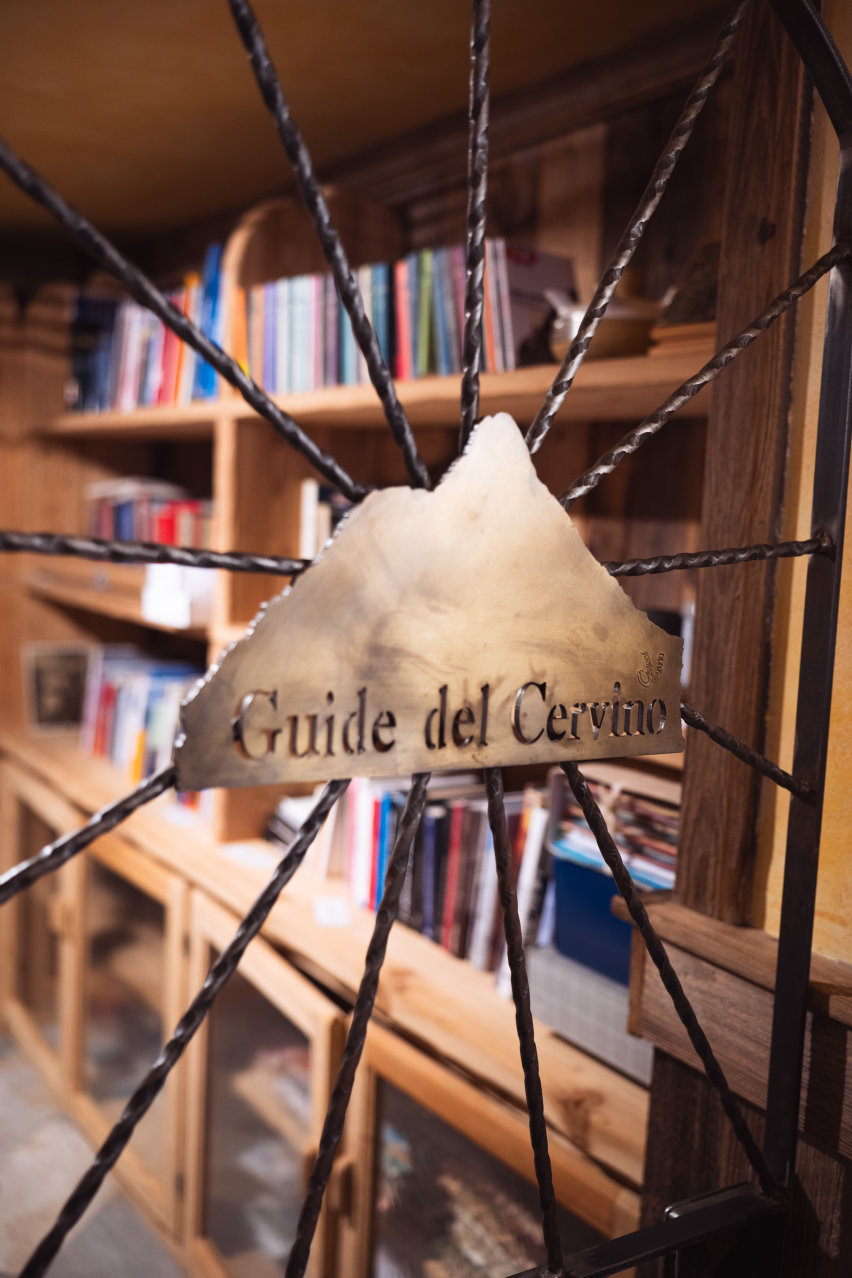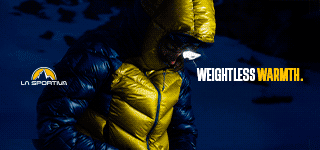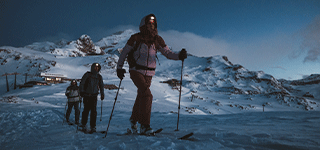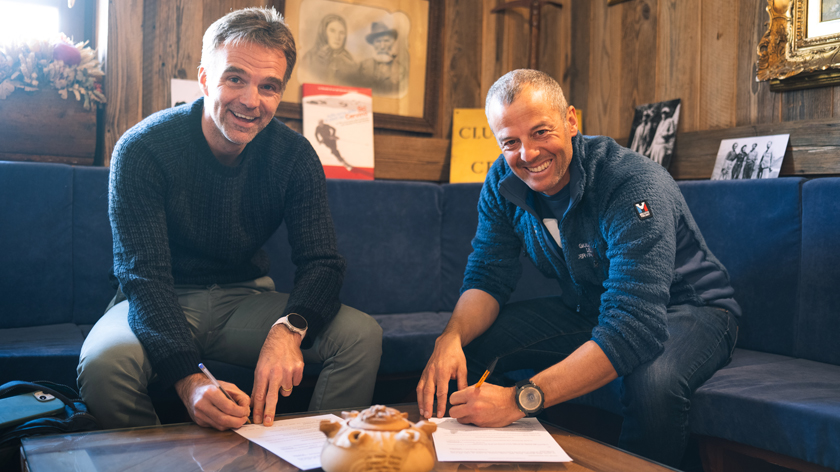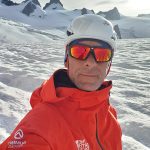Few, historic, outdoor brands have remained family-owned, and one of these is Millet. On the occasion of the signing of the renewal of the collaboration between the brand and the Società Guide del Cervino, we went to interview Romain Millet.
4Outdoor is also on Whatsapp. Just click here to subscribe to the channel and stay up to date.
Founded in the heart of the French Alps in Annecy, where today the most prestigious international Outdoor brands develop, Millet was born in 1921 producing haversacks and shortly after the first mountain backpacks. Since 1945 the brand has begun to be inextricably linked to the names of great mountaineers and great enterprises, from Louis Lachenal and Maurice Herzog on Annapurna in 1950, to Walter Bonatti and René Desmaison on the North face of the Grandes Jorasses in 1963, to Reinhold Messner on Everest in 1978 with the first Gore-Tex jacket. Over the years Millet has diversified its offer, trying its hand at clothing since 1977 and ranging from mountaineering, climbing, trekking, up to trail running in 2023.
Since 1973, the company has been owned by international groups, until 2021. In that year, Romain Millet, great-grandson of the founder, becomes CEO of the brand and together with his uncle Jean-Pierre takes over the reins of the French brand, bringing it back to the family, to that passion and with a vision that will be able to project it into the future.
In addition to its ties with the great names in mountaineering, Millet has formed links with the historic Guide Societies: Compagnie des Guides de Chamonix in 2010, Guide Alpine di Grindelwald in 2016, Guide de Montagne Hakuba (Japan) in 2017 and Società Guide del Cervino in 2018.
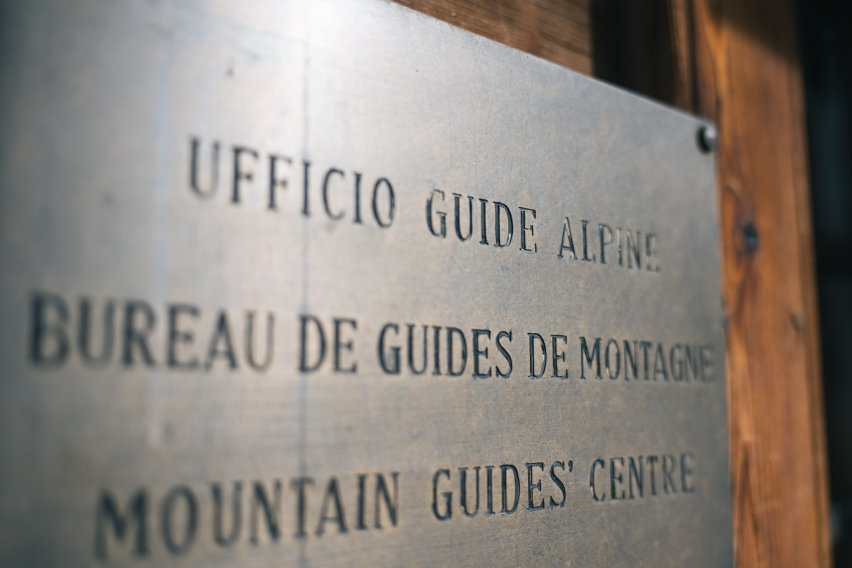
Interview with Romain Millet
Hello Romain, you have been involved in different roles in the group (Export Lafuma, Marketing Oxbow) from 2005 to 2013 and became CEO in 2020. How did you experience being part of the Millet family and what contribution have you tried to give since your appointment as CEO 4 years ago?
It was not planned that I would become the CEO of the company. I was born in 1979 but by 1973 the company was no longer owned by the family, it had been sold. I did not grow up with someone telling me: “you will have a certain role”, it did not happen that way.
I had the opportunity to study and then work for many other companies, in the banking sector, as a consultant, I lived six years in China, where I was CEO for an important LVMH brand.
The possibility of living and working in other countries, combined with the passion for the mountains and the brand inherited from my grandfather, have allowed me to accumulate the potential suitable for this role. I think I have a different and more useful know-how than that of a manager specialized in the outdoor sector who grew up only in that sector, and combined with feeling part of Millet’s history, embodying its original values and a great energy, I am sure I can make the brand solid in the years to come.
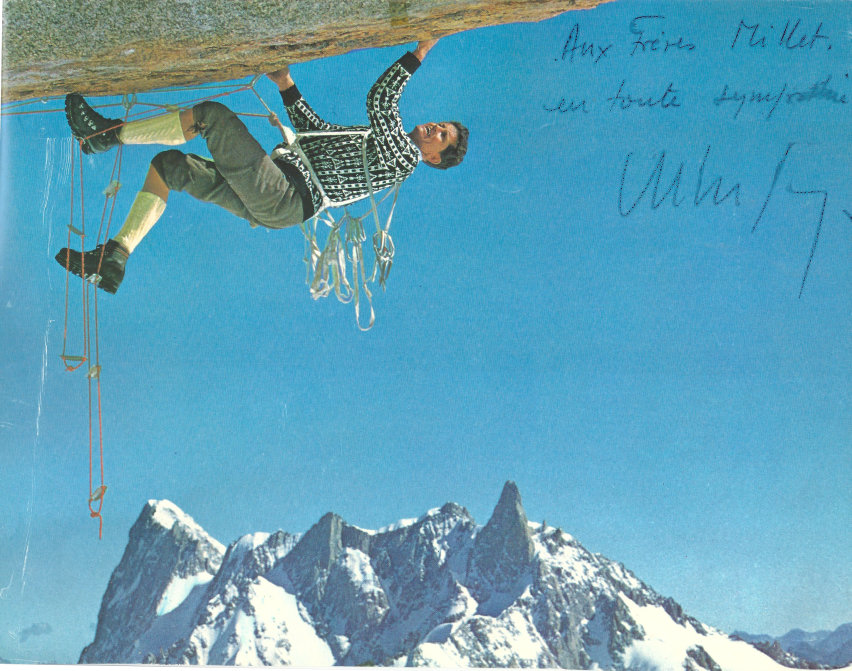
Some outdoor brands, at a certain point in their growth, have chosen to make themselves known beyond their world of belonging (embracing the world of urban style, fashion…), gaining and losing something at the same time. Is this a strategy that you have adopted or will you adopt?
Of course not. We are not a fashion brand, not at all. Our mission is to bring people to live a dream that has to do with the mountains. Nowadays everyone uses a backpack to go to the office or to the airport, while 20 years ago people only used leather briefcases.
The same transformation has affected footwear, before everyone used to wear leather shoes, maybe from luxury brands, while today everyone wears sports shoes. We often use shoes with Vibram soles and Gore-Tex membranes to go to the office, we do it for a functional reason.
We have noticed that many people use our products on a daily basis, but it does not mean that we have made them for that purpose. It is not a question of being for or against a priori, it is a choice that comes from who we are and the goals we set ourselves. We are a small company and it would not be sustainable to operate in the world of fashion, so subject to peaks and valleys. We need stability, measured and constant growth. The world of fashion is a world with different consumers, different distribution channels, different communication, and some brands have become so global that without losing their identity they have gained great popularity.
But fashion goals are too short-term, too risky for us. For us, earning money is not the goal, it is the tool to invest in growth and adaptation to a changing world and mountain, to allow those who love it to continue to realize their dreams, even in 50 years.
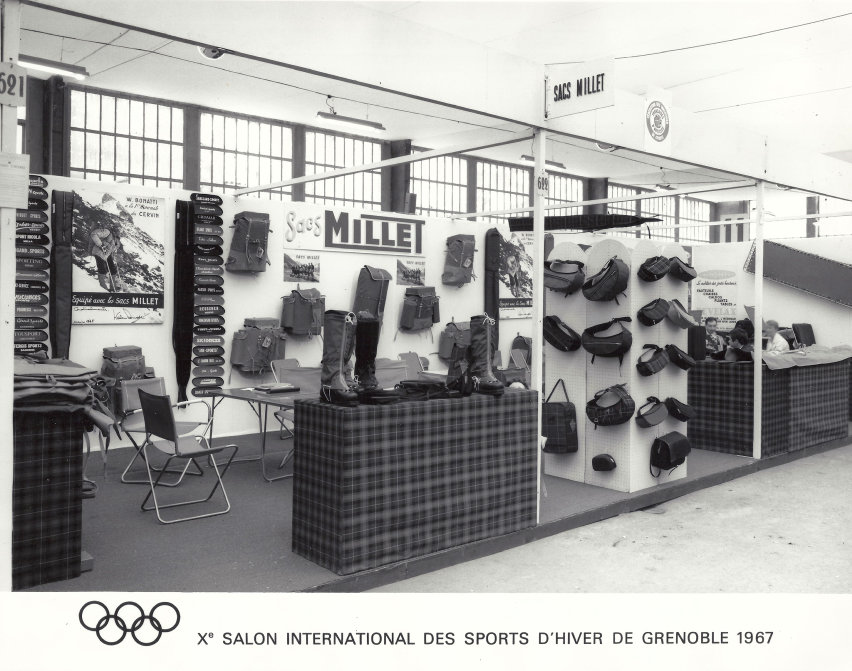
In terms of product categories, you have constantly evolved over the years. From the production of backpacks to the first clothing line, to the trail running and skyrunning range. What identifies you most in the eyes of the consumer and which disciplines (sports activities) are now driving the Outdoor sector?
We were basically a backpack company for 60 years, from 1920 to 1980, until Messner launched our first Gore-Tex jacket. The backpack is the key product for us, obviously it is small compared to clothing, but that is where we bring the most innovation. For years every time we launch a backpack on the market it is the most innovative in its segment.
It is difficult to say which disciplines are driving the outdoors, mountaineering and skiing still have their following, ski mountaineering is experiencing a moment of contraction after the post-covid explosion. Climbing is growing, especially indoor climbing, but it is an activity similar to fitness, which therefore goes beyond the outdoors.
Trail running is growing a lot, and trekking even more so, especially among women and families.
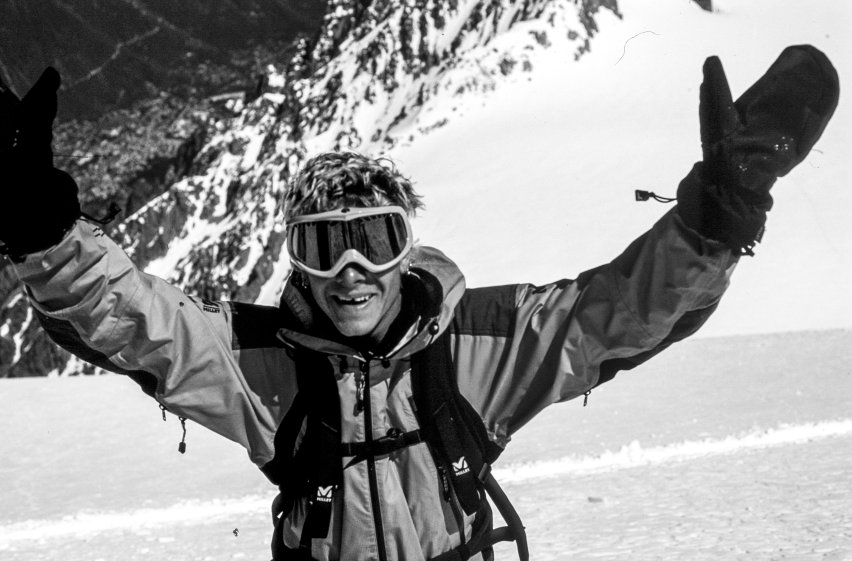
You have recently entrusted Ursus Sport with the representation of the brand for all of Italy, what does this mean, what objectives do you set for yourselves in our country and what are your strategic markets?
Yes, recently in Italy we entrusted the sole representation to Ursus Sport, Paolo Bernardi who had already been dealing with Trentino-Alto-Adige and Friuli-Venezia-Giulia for 25 years did an excellent job and we were convinced to extend the collaboration throughout the territory.
Italy has become, probably with Japan, our second market, where France is obviously the main one. Here, we are investing a lot in the direct-to-consumer business, for this reason we opened a store in Turin, we have one in Cortina and another in Bolzano.
But at the same time we are present in chains such as Sportler and DF Sport Specialist.
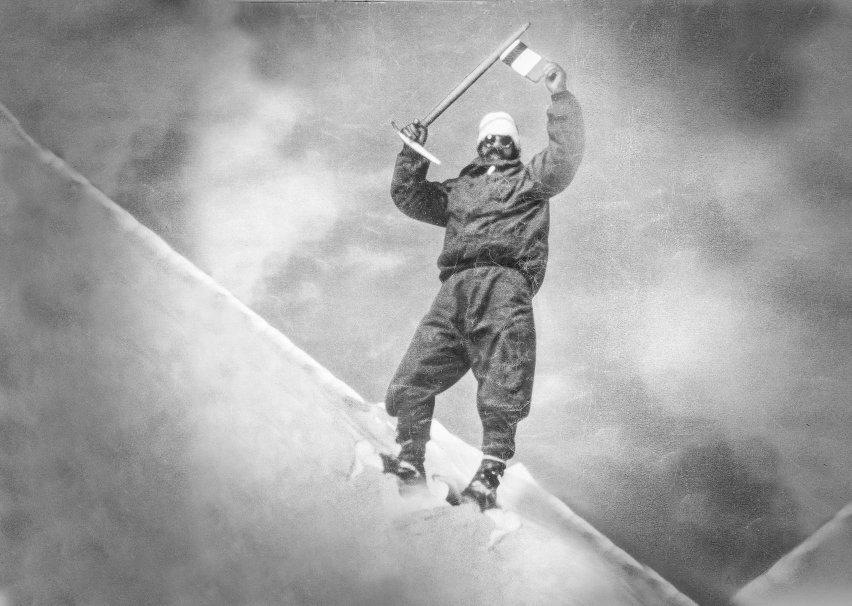
You have an ambitious goal of reducing your carbon footprint by 25% by 2030, what progress are you making?
It is a complex path but it is bringing results. For example, we are launching a new backpack for trekking in all seasons, a best-seller, the Ubic. The evolution of the product, which lasted 3 years, has allowed us to reduce Co2 by 30%, by changing the fabric, the number of pieces that compose it, the back panel and a new dyeing process.
Then we adopted, like everyone in the sector, the new type of Gore-Tex, called EPE, a PFAS Free membrane, which does not reduce CO2 emissions so much as it will help not to pollute and will also be more durable. We have also started the creation of a series of consortia between other brands and chemical companies to try to recycle the fabrics that are already on the market. Oil is a depleting resource and we cannot think of being able to exploit raw materials at this rate.
We are on track to reduce the footprint by this 25%, I don’t know if we will be able to do it by 2029 or 2031 but we are on the right track.
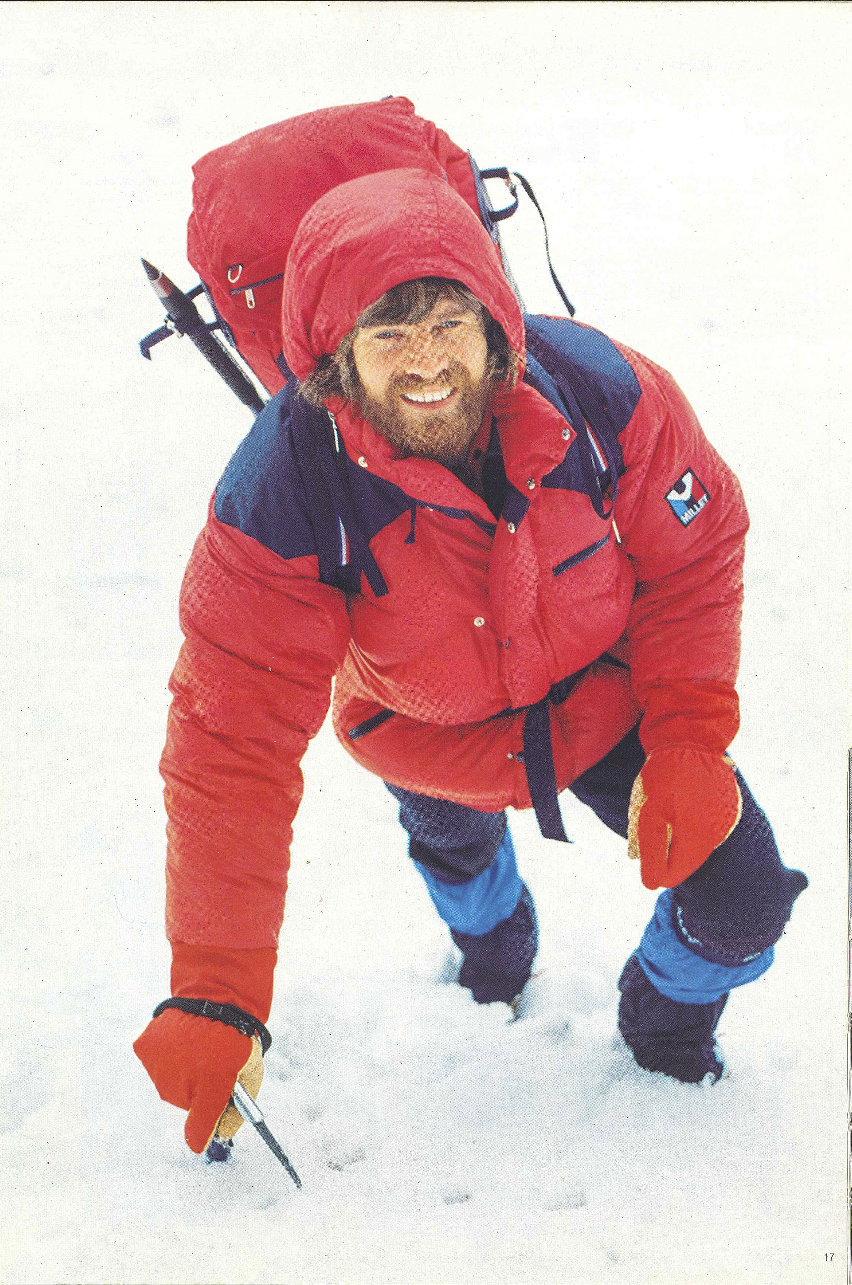
Your history has always been linked to that of great ambassadors (Messner, Bonatti Louis Lachenal, Patrick Edlinger, Christophe Profit, Jean-Chrisophe Lafaille, Marco Siffredi, Symon Welfringer to name a few) and more recently to the Guide companies. What do you mutually gain from these collaborative relationships?
Collaborating with industry professionals is generally a guarantee of developing quality products.
There is a difference between collaborating with an ambassador or with the Guides. Ambassadors look at performance, functionality but in relation to the weight and minimalism of the product, qualities that are not always interesting to the consumer. In practice, they bring very innovative ideas but not always saleable.
The Alpine Guides go ski mountaineering one day and climbing the next, ice climbing one day and mixed climbing the next, they are in the mountains 200 days a year and provide us with useful information on the Alpine environment in 360°, then obviously there is feedback on the products: what is more functional, what should be more robust or comfortable, what is better for the consumer, what is or is not versatile.
This last point is important because most consumers will not be able to afford a different jacket for ski mountaineering, mountaineering and trekking. Compared to 20 years ago, consumers are much more open to different activities and for fun or economic needs they diversify what they do in their free time, so it is not uncommon for a ski holiday now to be skiing one day and snowshoeing the next.
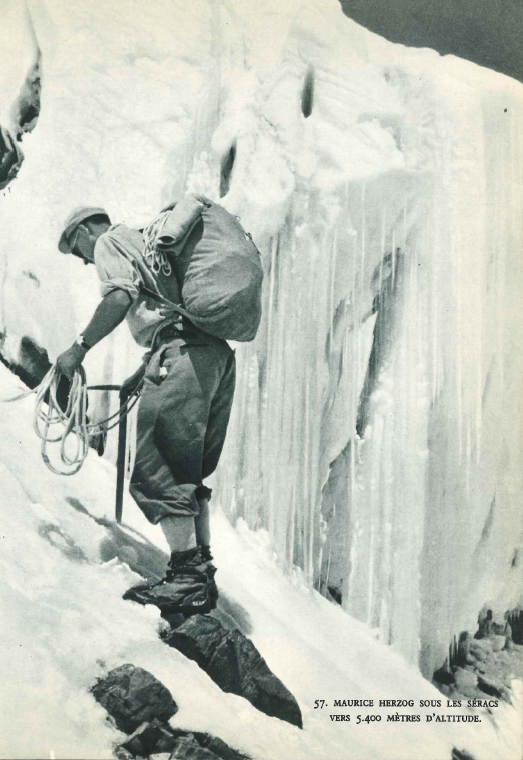
We are here to witness the signing that will renew the collaboration between Millet and the Cervino Guides. What meaning do you give to this moment?
We have renewed the contract with Società Guide del Cervino for the next three years, a recognition by both Millet and the Guides of our mutual value.
